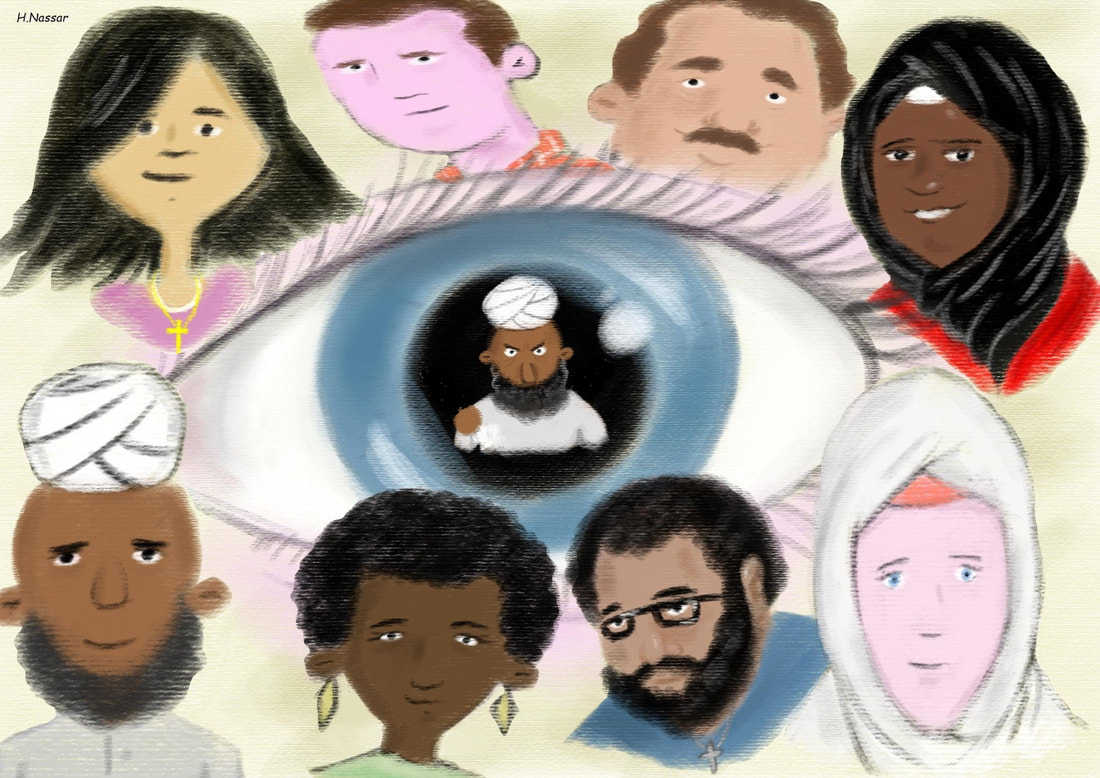|
|
|
Arab Americans have been categorised as White on official government forms for several decades, which grossly misrepresents this population. Advocacy groups unsuccessfully fought during both the Obama and Trump administrations to have the ethnicity category expanded in the 2020 Census. The ramifications of this community remaining uncounted include lack of funding for social, education, and health care services and less leverage in political issues. Along with negating the incredible diversity within this group, such categorisation excludes Arab Americans from affirmative action programmes.
The recognition of this ethnic group on government forms would allow for their inclusion in such programmes, which is crucial given the prominence of discrimination in the US. However, the irony lies in how mainstream society tends to change their view depending on current events. When there are no crises involving Arabs around the world, Arab Americans are seen as White. However, when a crisis does occur involving Arabs – as either transgressors or victims (i.e. 9/11, invasion of Iraq) – they will be gazed upon as ‘Other’ and enemies of America. The rise in hate crimes against Arab Americans – and anyone who fit into the public’s notions of what an Arab or Muslim looks like – following the terrorist attacks of 9/11 is a prime example of this phenomenon. Consequently, regardless of being labeled as White, Arab Americans have experienced discrimination similar to other racially visible minority groups. This begs the question: if they are recognised as White, then why are they treated as ‘Other’?
US government policies and the mainstream media have historically perpetuated discrimination, stereotypes and misconceptions of Arabs. In the media, Arabs are largely portrayed as terrorists, religious fanatics, power hungry oil-dwellers, women abusers and submissive to men. These portrayals become engrained as the cultural norm in the minds of the general public. In 2017, the Trump administration launched an executive order that prohibited seven Muslim-majority countries from entering the United States. Six of these countries happened to be from the Arab World.
The connotations within this ban clearly perpetuate the stereotype that Muslims are terrorists, and because the majority are Arab countries, Arabs are perceived as terrorists as well. This consequently perpetuates the common misconception that all Arabs are Muslim and vice versa. This is only one of the many examples of government policies that target and discriminate against Arabs in the US. These types of policies feed into the American perceptions of the Arab World and allow stereotypes to prosper, which often lead to discrimination of Arab Americans that permeates organisations, institutions and public spaces. Given the prominence of stereotypes and discrimination in US society, we expect these issues to infiltrate the education system, which could influence the identity development of Arab American youth. The rejection-identification model theorises that discrimination leads minorities to increase their ethnic identity and seek refuge with their ethnic group, which, in turn, serves as a protection of self. In our Identities article, ‘Finding identity without discrimination: the plight of Arab American adolescents’, we investigated personal and vicarious discrimination within the K-12 education system in relation to ethnic identity. Our findings showed that over half of the adolescents had experienced discrimination through peers and school staff. Students reported being taunted with derogatory names such as ‘terrorist’ and ‘towelhead’. Christian Arabs were mocked through the use of stereotypically Muslim names (i.e. Mohamed, Osama). Muslim Arab females who wore hijab (head covering) were taunted and physically harassed, with some being stripped of their hijab by peers. Others reported witnessing their Arab peers being harassed and physically assaulted. Several of those reporting no discrimination noted that this may be because they do not ‘look’ stereotypically Arab. These findings accentuate how the perception of ‘Other’ is manifested in the way Arab youth are treated in their school. It serves as confirmation that these youth are not seen as White by their peers, teachers and other school staff. They are made to feel that they are different, unwanted and threatening to society. We measured strength of ethnic identity in the areas of ethnic identity search and affirmation/belonging. Ethnic identity search measures the degree to which individuals explore, learn about and become involved in their ethnic group. Affirmation/belonging measures feelings of attachment, sense of belonging and commitment to one’s ethnic group. When we examined how discrimination related to strength of ethnic identity, those reporting personal or vicarious discrimination held stronger ethnic identity search levels. Those with personal experiences were more likely to hold stronger affirmation/belonging levels. Finally, those reporting both types of experiences held significantly stronger ethnic identity search and affirmation/belonging levels when compared to those with no experiences of discrimination. Our findings were consistent with the rejection-identification model in that experiences of discrimination were related to higher levels of ethnic identity measures. These findings suggest the importance of the quality of school environment on youth development. Their experiences were related to the need to seek out information regarding their own ethnic group to learn more. Discrimination also was related to higher levels of a sense of affirmation and belonging to their own group. Where ethnic identity may serve as a protective factor in the face of discrimination, Arab youth should not have to face these issues in the first place. Conclusively, we need to be paying more attention to the school environment related to Arab American youth and begin addressing the various facets within education that affect them. Moreover, we must also tend to the larger societal problem regarding stereotypes and discrimination to truly address this issue.
Image credit: Illustration by H Nassar, used with permission.
Blog post by: Rhonda Tabbah, USA
Read the Identities article: Tabbah, Rhonda, Wheaton, Joe E. & Miranda Antoinette Halsell. Finding identity without discrimination: the plight of Arab American adolescents. Identities: Global Studies in Culture and Power. DOI: 10.1080/1070289X.2015.1064423
Explore other relevant Identities articles:
Securing whiteness?: Critical Race Theory (CRT) and the securitization of Muslims in education ‘Let’s hope the Boston Marathon Bomber is a White American’: racialising Muslims and the politics of white identity Muslim women as ‘ambassadors’ of Islam: breaking stereotypes in everyday life
0 Comments
Your comment will be posted after it is approved.
Leave a Reply. |
|
Explore Identities at tandfonline.com/GIDE |
|
The views and opinions expressed on The Identities Blog are solely those of the original blog post authors, and not of the journal, Taylor & Francis Group or the University of Glasgow.


